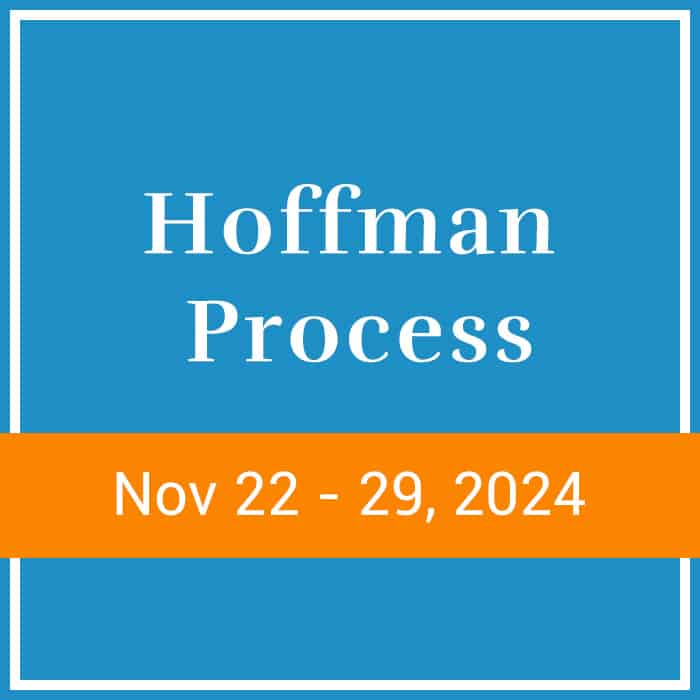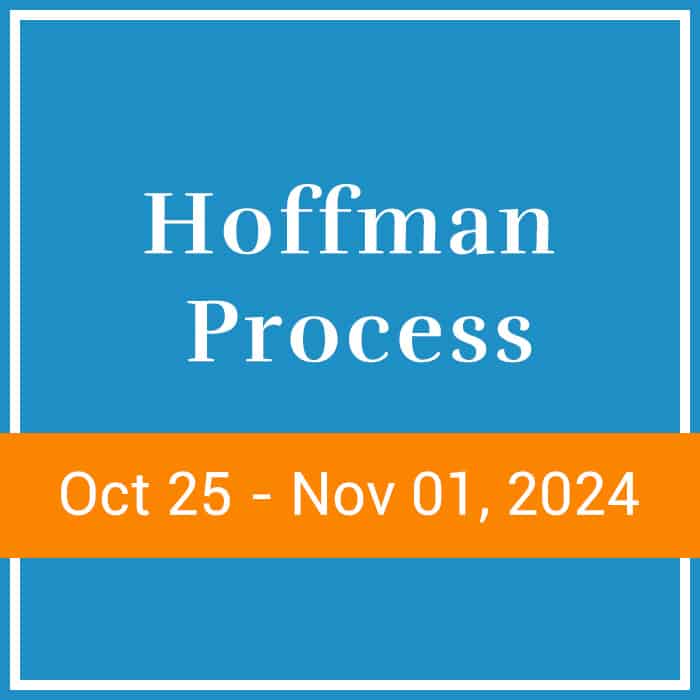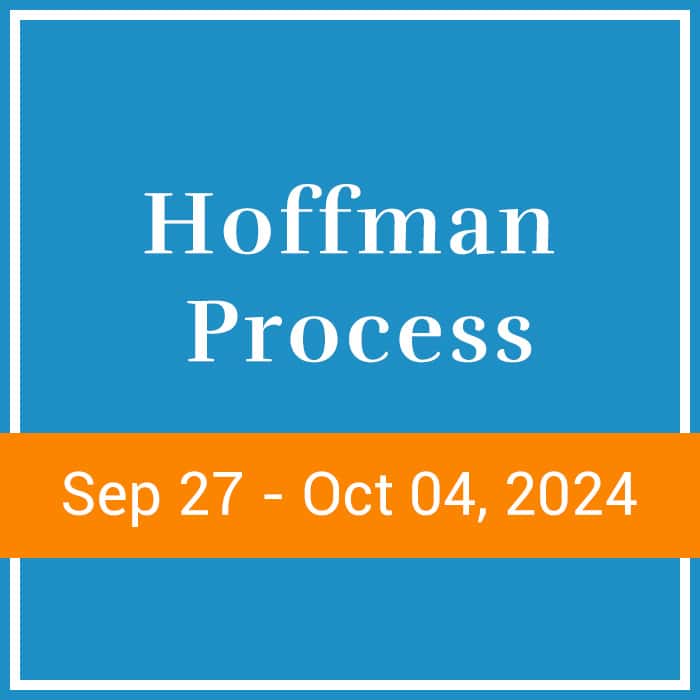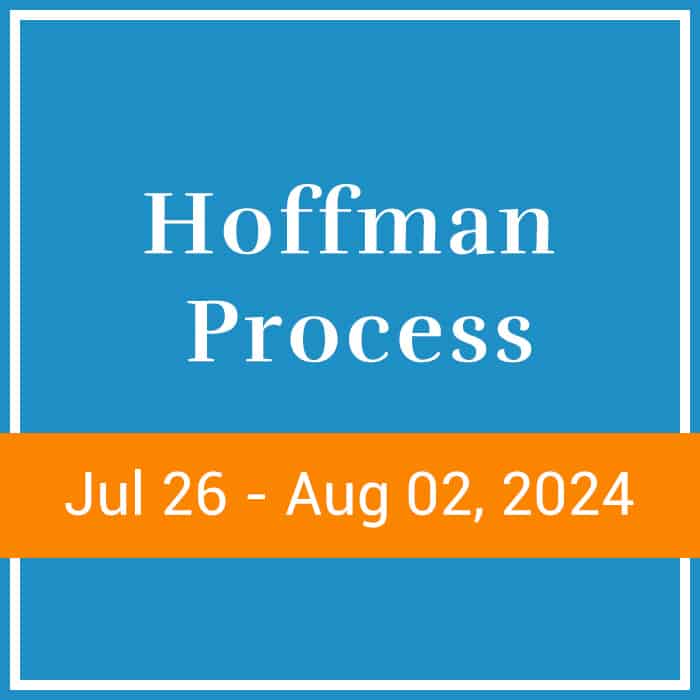Exploring Enneagram Instincts

A powerful tool for personal and collective transformation, the Enneagram helps us distinguish how our body awareness, particular driving emotional energy, along with the perpetual filter of your intellect, can be redefined into 1 of 9 particular character types. This ancient system, further developed by George Gurdjieff, Claudio Naranjo and Oscar Ichazo, contains components from […]
Healing Anger & Vindictiveness

Most of us have heard the phrase, “an eye for an eye,” which refers to the idea that people should be punished according to the way in which they offended. While many of us have succumbed to feelings of vengeance and vindictiveness at one time or another, research shows that the outcomes of vindictive acts […]
Interview with Hoffman Facilitator Julia Bodkin: Building Resiliency in Trauma with The Hoffman Process

Annie: I’m here with a wonderful facilitator Julia Bodkin who is a very experienced somatic psychotherapist and also a senior Hoffman facilitator. I am excited to be speaking with Julia today about trauma and how the Hoffman process addresses trauma and helps to build resiliency. Julia, you’ve been working with trauma now for many years […]
The Solution to Diffusing Victim Consciousness

“I’ve learned that people will forget what you said, people will forget what you did, but people will never forget how you made them feel.” Maya Angelou In order to live a life that is fulfilled, we need to consider the way we are utilising our ‘will’. That is, our ability to focus our attention, […]






